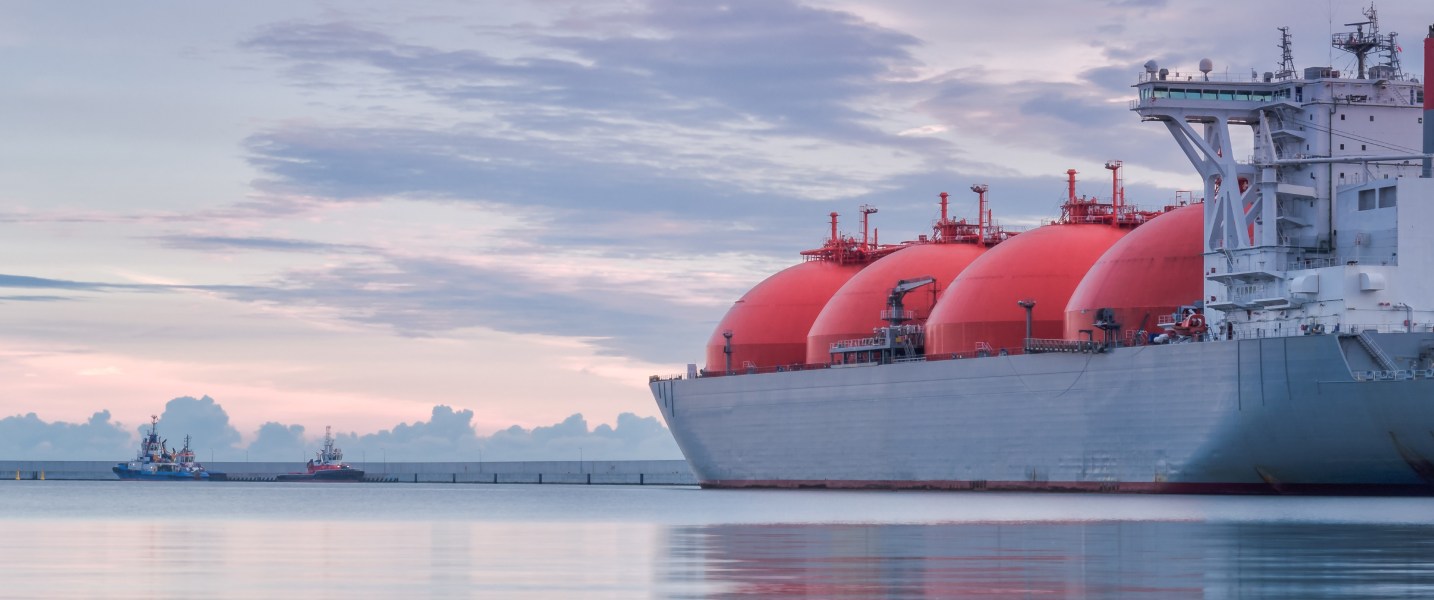The United States is now the world’s largest exporter of liquefied natural gas. As countries in Europe and Asia look for clean and reliable energy solutions, global demand for liquefied natural gas (LNG) is increasing rapidly.
Williams is well-positioned to meet this need. We are integrating a wellhead to water strategy to serve markets domestically and abroad.
How does LNG work?
Liquefied natural gas (LNG) is natural gas that has been cooled to about -260 degrees Fahrenheit, which reduces its volume and makes it easier to transport.
LNG export facilities receive natural gas by pipeline and liquefy the gas for transport on special ocean-going LNG ships or vessels.
At import terminals, LNG is offloaded from ships and stored in cryogenic storage tanks before it is returned to its gaseous state or regasified. After regasification, the natural gas is transported by pipelines to natural gas-fired power plants, industrial facilities, and residential and commercial customers.
Why LNG?
LNG increases markets for natural gas. Where natural gas pipelines are not feasible or do not exist, liquefying natural gas is a way to move natural gas from producing regions to markets, such as to and from the United States and other countries.
LNG shipments enable the environmental benefits of natural gas to be shared internationally by replacing carbon-heavy fuels while supporting economic growth.
LNG exports
The top five destination countries for U.S. LNG exports in 2021 were South Korea, China, Japan, Brazil and Spain.
However, in 2022, demand in Europe increased dramatically after the start of the war in Ukraine. As Europe sought to reduce its dependency on Russian gas, it increased its LNG imports by 66% over 2021.
Net exports of U.S. natural gas are expected to double in the next 20 years as the U.S. expands its LNG infrastructure and produces high volumes of natural gas, according to research and consultancy group Wood Mackenzie.
LNG imports
LNG imports to the U.S. declined in most years since 2007 as increases in U.S. natural gas production and expansion of the natural gas pipeline network reduced the need to import natural gas.
LNG imports help New England states meet natural gas demand because the region currently has limited pipeline interconnections with the Northeast and other U.S. natural gas producing regions.
Source: eia.gov
